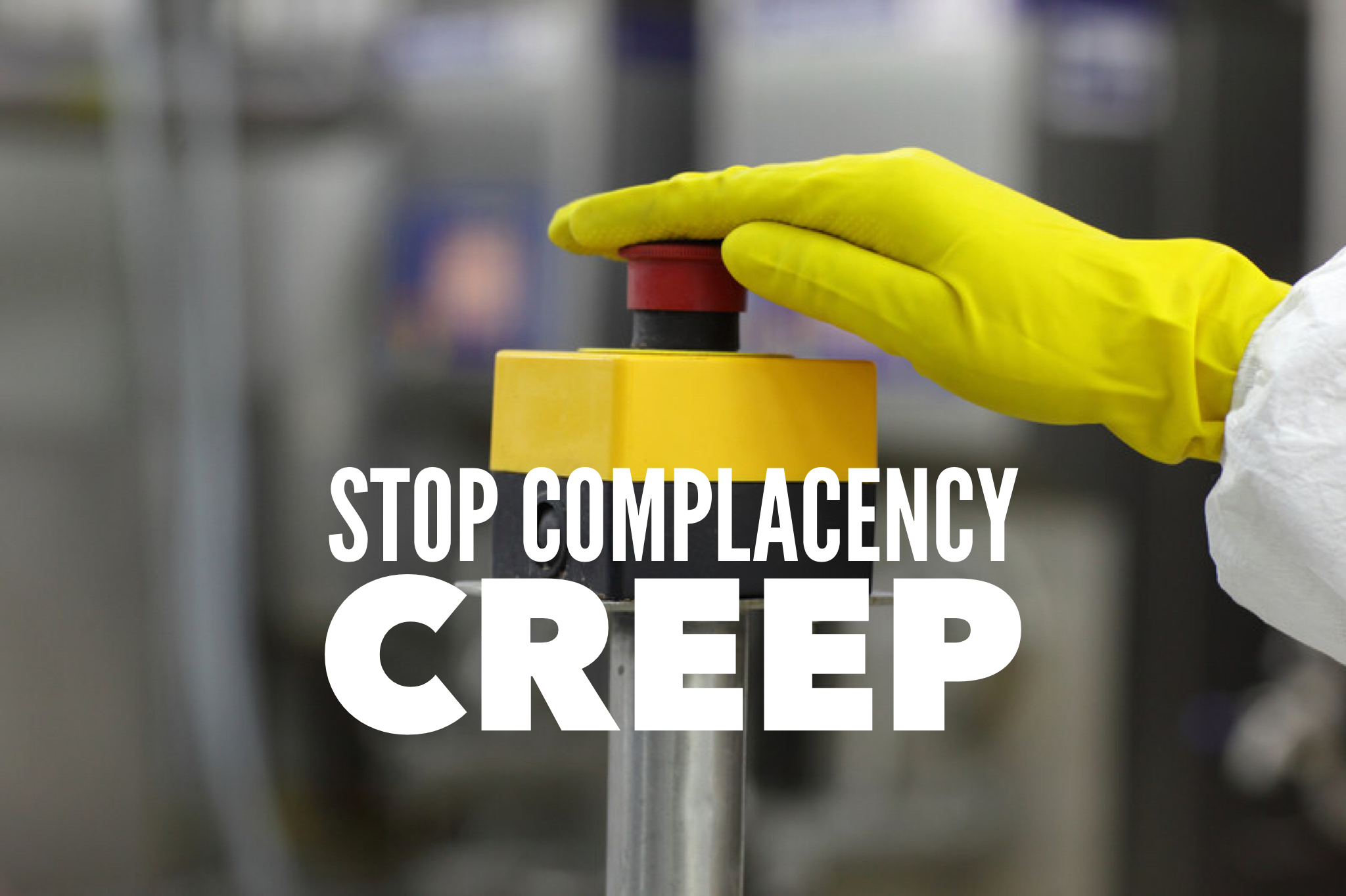Leadership is not forced or thrust upon anyone. It’s voluntary. And personal safety leadership builds great teams.
A commitment to teamwork and safety. It’s all you need to go from newbie or lowly front-liner to leader. To become a safety leader requires a commitment to the welfare of your teammates. You can't build a strong team without caring about the safety of the members of the team. In this way, you can use safety build leadership in safety and teamwork.
While it might be easy enough (with applied work) to lift yourself up from the front-line to leader in the real world, the safety world hasn't been terribly well-equipped for it. It has been focused on compliance, following rules and filling out paperwork; all treated very scientifically and meticulously.
Historically, it’s been all business. Add a top-down model of management and you have a system that doesn’t look particularly attractive to want to buy-in to. Where's the teamwork? you might ask. While the focus in on processes and procedures and rules, there is little of the “person” in personal safety.












